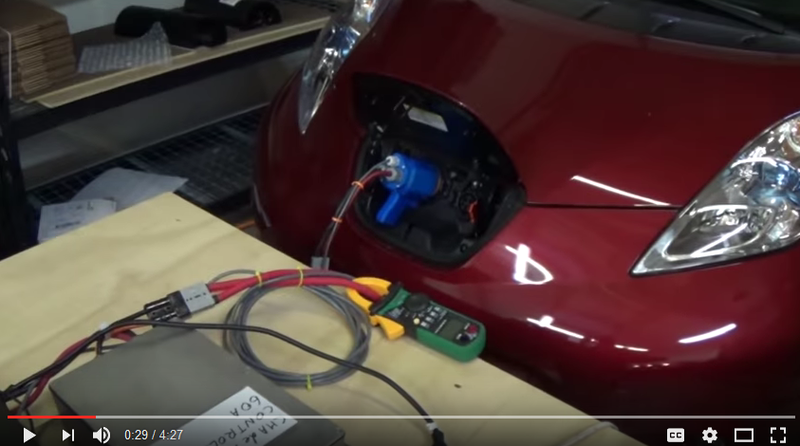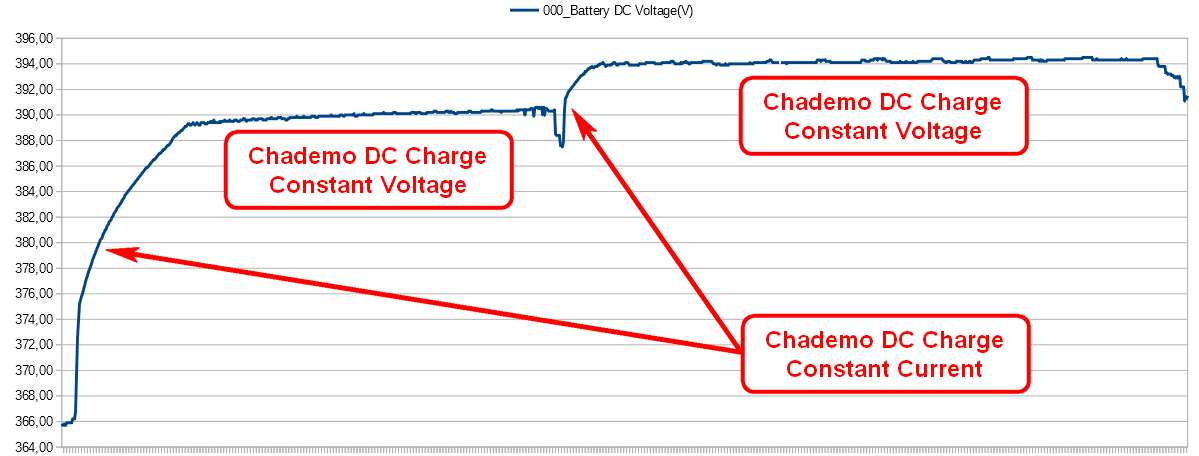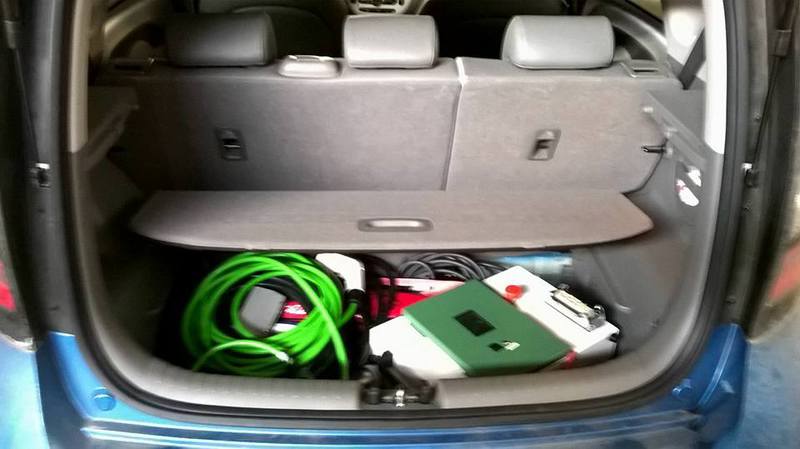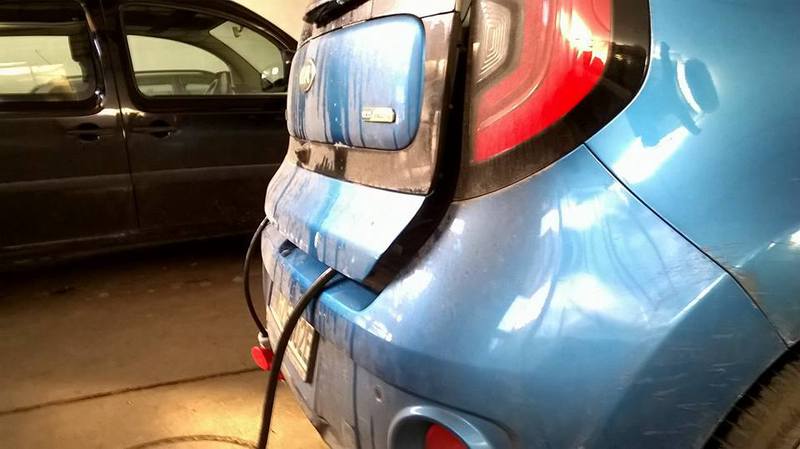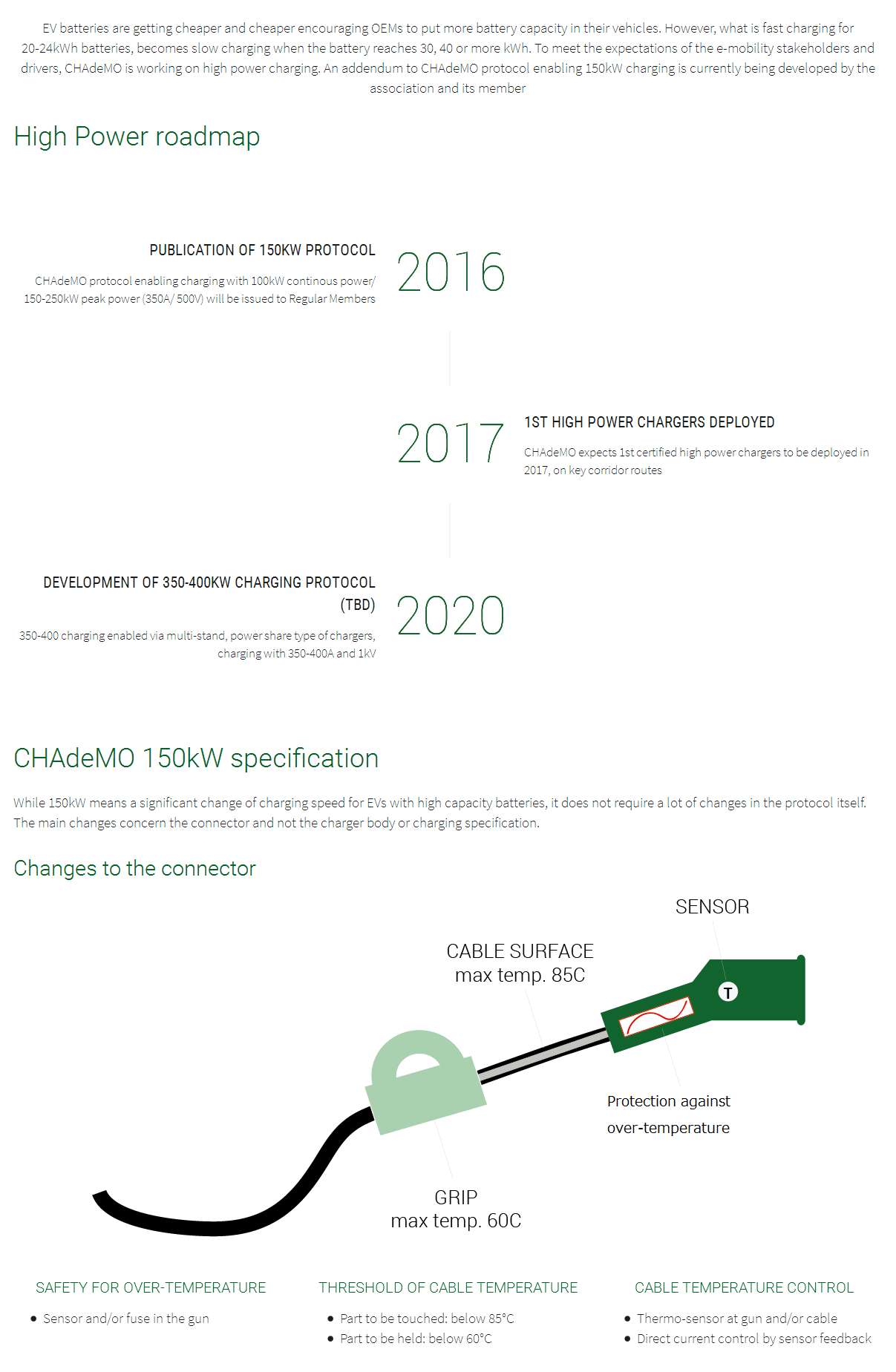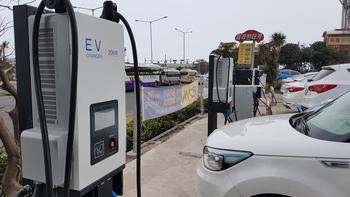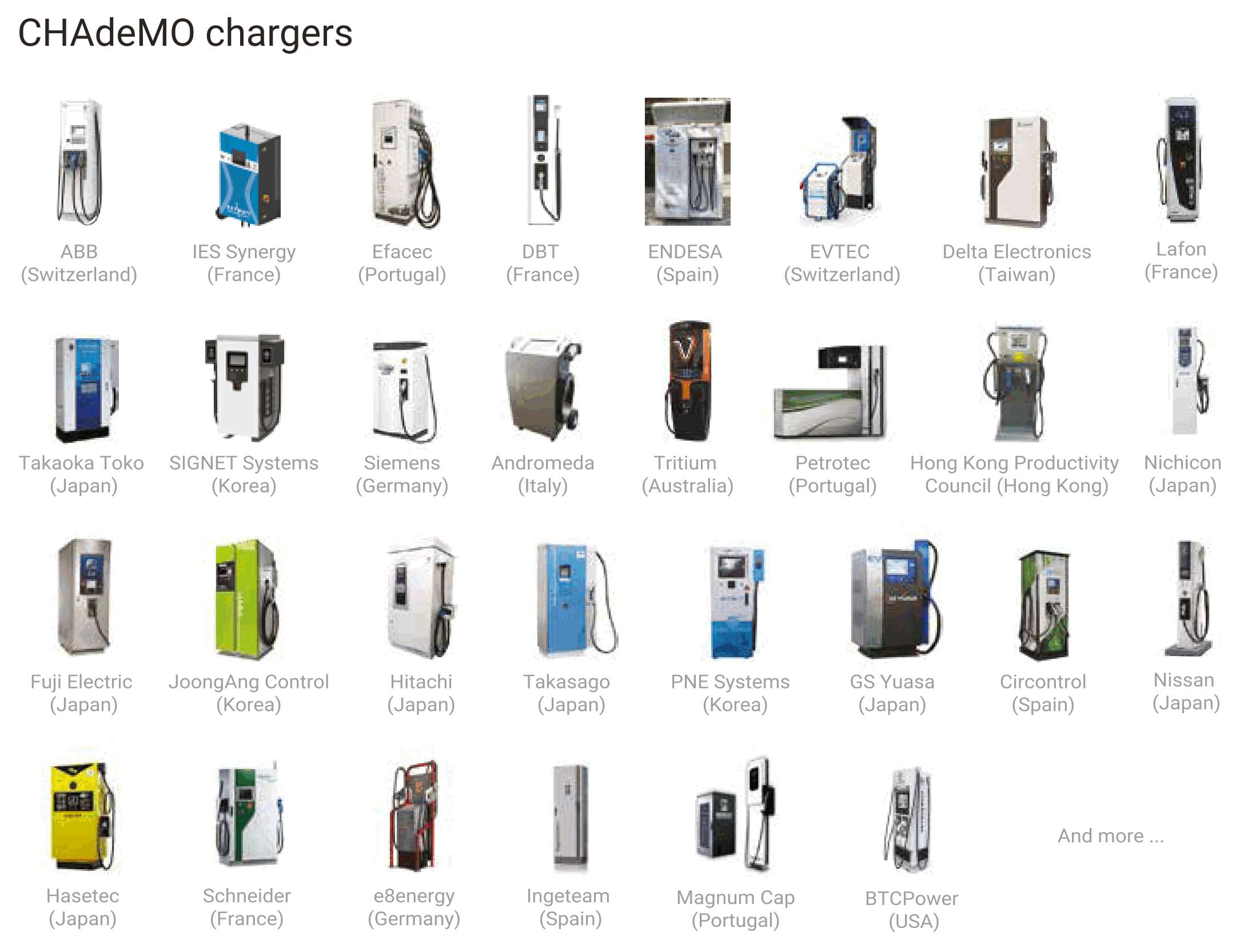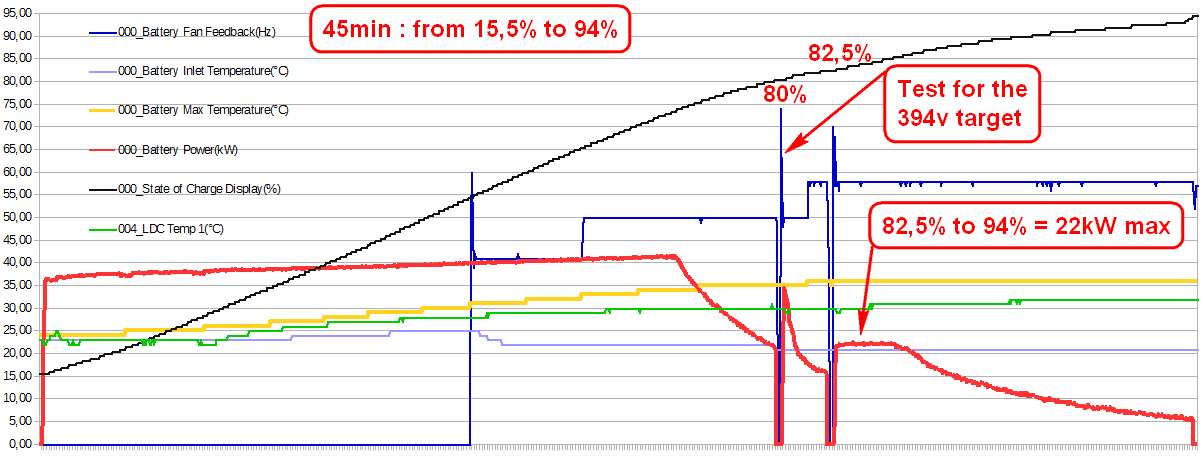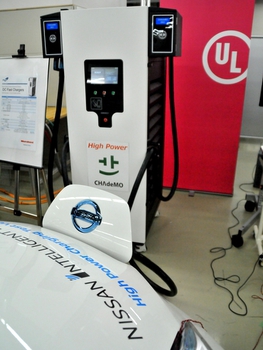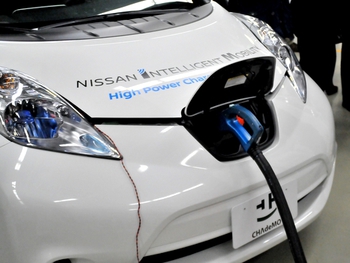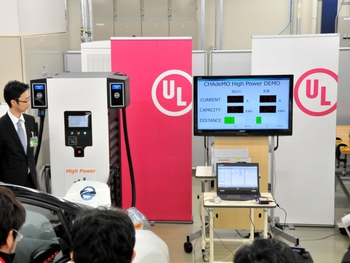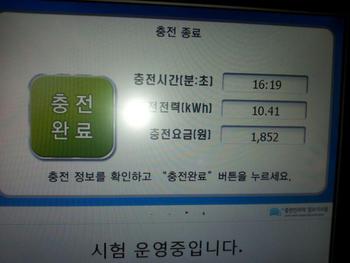-
Update - I think my post below is mistaken. There was no cell balancing after charging finished. What happened is that Torque froze when charging finished. I didn't see that the cell balancing had already occurred at the exact point charging finished and the voltage had dropped until I turned the car on a minute later and Torque re-started..
Here's a Ray EV chademo session - charging from 10.5% to 80% .Took 18 minutes. Ambient temp = 20C
This post is to talk about the cell balancing at the end.
I originally posted this to talk about the capacity of the pack here -
Comparing BMS data on the Soul EV with the Ray EV
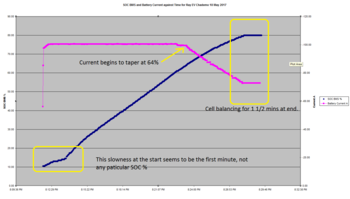
The Ray EV only has SOC BMS, which changes from 2% at empty to 90% at full. There is no SOC Display.
In the charging session above 80% is reached after 977 seconds. One second after this the Energy Charged counter stops increasing.
At 1064 seconds the charging session ended. I think cell balancing is occurring for the roughly 1 1/2 minutes at this point.
During that time the energy draw remains constant at -26.8kW but nothing happens to any of the counters.
Battery Voltage stops at 368.1. Max cell voltage 4.18V. Min cell voltage 4.16V.
At 1063 seconds the cell voltage deviation drops to zero. One second later the charging session ended.
At 1064 when the c harger stops there is a drop in Battery Voltage to 357.0 V
Interestingly the time seen on c harger does not include the balancing part. Seen from the display on the Chademo stand. Timer stopped at 16 mins and 19 secs = 979 seconds. Had I been paying by the minute I would not have been charged for the 1 1/2 minutes that the cells were balancing. This c harger is currently free. Later it will cost 178 won per kWh. (about 20 US cents / kWh).




